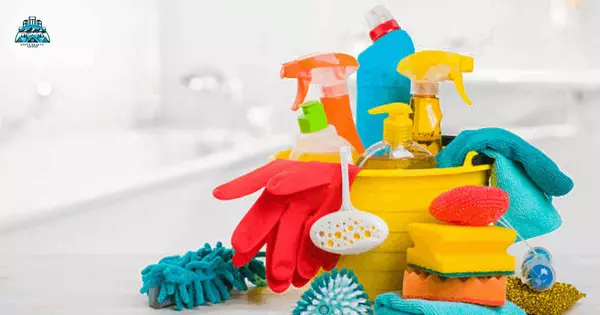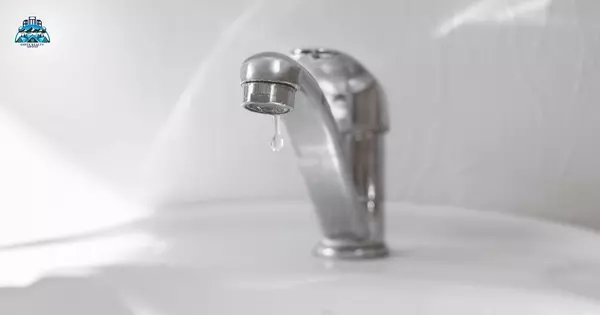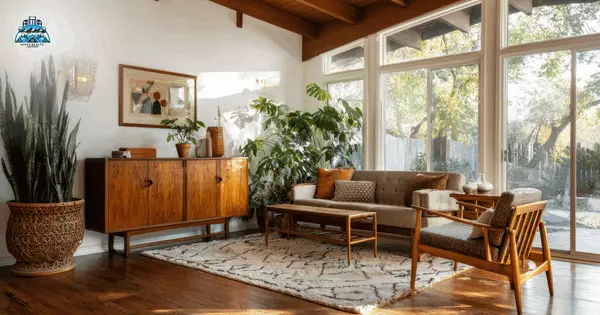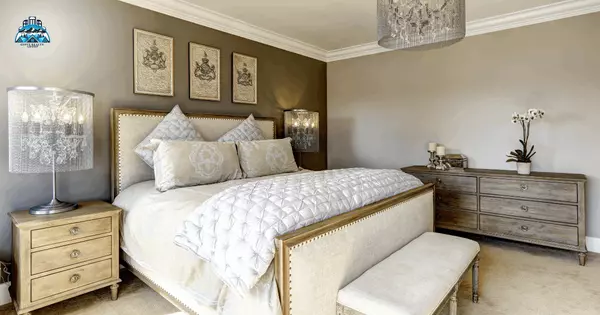Building Your Own Floating Shelves for Any Room
Floating shelves are a simple way to add storage and display space without using floor space. They attach directly to the wall without visible brackets, creating a clean look. These shelves can hold books, plants, kitchen supplies, or decorative pieces. Start by choosing where the shelves will go and measure carefully to ensure a proper fit. Select sturdy materials, such as solid wood or composite boards, that can support the weight of the items you plan to store. Hidden mounts or strong brackets are important for keeping the shelves secure. Level installation is key to both function and appearance. Once mounted, arrange items in a way that’s both practical and visually balanced. Floating shelves work well in living rooms, kitchens, bedrooms, and bathrooms. They can be installed in just a few hours with basic tools. The project can fit a variety of home styles by adjusting the materials and finishes. Over time, these shelves can help keep your home organized and clutter-free.
One advantage of floating shelves is their versatility. In the kitchen, they can hold spices, dishes, or cooking tools. In the living room, they can display framed photos, books, or small plants. In a bedroom, they can replace bedside tables for a more open feel. Bathrooms can benefit from shelves that hold towels or toiletries. The design keeps storage within easy reach without taking up valuable floor space. Floating shelves can be built to custom lengths to fit unusual spaces. Choosing a finish that matches your home’s design makes them look like a natural part of the room. Even small corners can be used effectively with shorter shelves. This flexibility makes them a good choice for many different purposes. They’re also easy to remove or move if your needs change.
Installing floating shelves requires a few simple steps. First, mark the wall where you want each shelf to go. Use a level to make sure the markings are straight. Install the mounting brackets or hidden supports according to the manufacturer’s instructions. Slide the shelf onto the supports and check for stability. If the shelves are unfinished, you can paint or stain them before installation. For heavier items, secure the shelves into wall studs. Test each shelf before placing your items to ensure it can handle the load. Once in place, arrange your belongings so they’re easy to see and use. Consider leaving some open space for a balanced appearance. Over time, you can change the items on display to keep the look fresh.
After installation, floating shelves can help maintain a tidy home. They create a designated place for items that might otherwise clutter tables or countertops. Because they’re wall-mounted, they make cleaning floors easier. The open design also makes it simple to see and reach what you need. Floating shelves can be part of a larger home organization plan. They can also be purely decorative, adding style without taking up space. Whether used for storage or display, they’re a practical addition to any room. With the right placement and use, they can make a small space feel more open. They’re a small project with lasting benefits. Once you have them, you may find yourself adding more throughout your home.
Categories
Recent Posts










GET MORE INFORMATION


